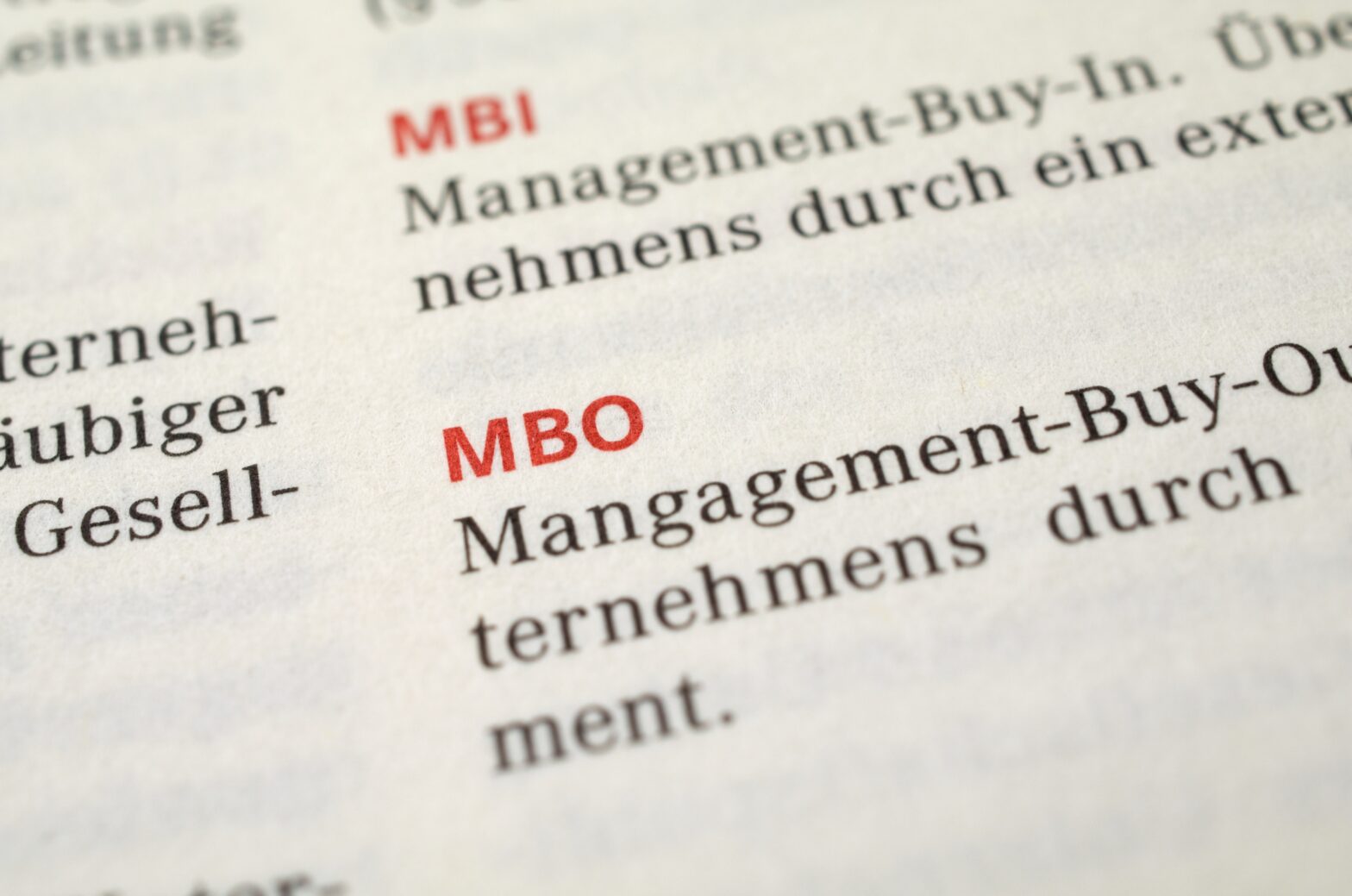Oliver Haill and Robert Tyerman investigate
There’s never been a better time to complete a management buy-out. That seems to be one of the implications of a recent survey by KPMG, which revealed that spending by private equity groups is likely to exceed £30 billion this year, surpassing the record £29.3 billion spent in 2006.
If you’re hoping to undertake your own MBO, or considering proposals from within your company, it makes sense to take advice from those who have been there, done it, and have the scars to prove it.
1. Know your reasons
An MBO should be undertaken not simply to cut costs, but to enhance the business. This was achieved by Nigel McCrea, former marketing director at Danone, when he received financial backing to relaunch the Huntley & Palmers (H&P) biscuit brand.
With products like Ginger Nuts and Scott’s Expedition Biscuits, H&P had a pedigree of 185 years. However, the brand was lying dormant when McCrea launched his MBO in 2002. With a new emphasis on younger consumers, McCrea doubled sales every year since the takeover. He notes that he and his investors have funded this growth with £200,000 themselves, aided by a Lloyds TSB overdraft.
2. Share a common vision
A buy-out can lead to some tense discussions. Retail veteran Steve Williams led a £40 million buy-out of storage space provider Safestore in 2003, and recently floated the company with funding of £209 million, valuing the business at £450 million.
Williams argues that the objectives of the deal need to be hammered out openly with the party or parties providing additional funding. He says: ‘You and your backers must share a common vision from day one and if any one of those ingredients is lacking, you have a problem.’
3. Think like an owner
Back in 2000, US-based energy provider Western Power Distribution acquired Hyder’s electricity business. Without any private equity backing, a seven-strong management team bought the unwanted engineering division of the UK outfit.
Finance director Hamilton-Eddy explains: ‘We used bank debt and vendor loan notes, and fortunately this allowed us more freedom than we would have had with a VC.’
However, the engineering consultancy, renamed Hyder Consulting, continued to make losses. In a bid to salvage the company, the new team took the decision to close the loss-making divisions, with a restructuring package of just over £1 million.
Hamilton-Eddy says: ‘You have to think like an owner and stop thinking like a manager. Most buy-outs are very highly geared so you can’t afford to mess around. Close down areas that are not performing and let people go. We quit our swish London headquarters and saved £300,000 a year.’
4. Cuts are not the only option
When Safestore’s Steve Williams became chief executive officer in 2002, he says the company was ‘underperforming, with no prospects for improvement’. With a £30 million trade buyer in the offing, he and senior colleagues visited private equity group Bridgepoint.
‘We liked each other,’ he says. The trade buyer was seen off and, after sitting down with Bridgepoint, a plan was devised to improve the business. A near-£40 million buy-out was agreed.
‘Cutting costs was not the right way to turn the company around,’ Williams adds. Instead, the company embarked on a strategy to double the size of the business by acquisition, organic growth and applying a retailing approach to self storage – resulting in profits of £33.5 million last year.
5. Don’t borrow too much
Mark Wignall, chief executive of private equity firm Matrix, has noted that a number of secondary buy-outs during the past year are the result of the debt gearing from the original deals being too high, necessitating another refinancing package. ‘You have to make sure that you don’t over-borrow,’ he warns.
6. Employ talented management
Most successful management teams have a spread of different, yet complementary skills. Jeremy Morgan is a director of Barclays Ventures, handling buy-outs of between £5 million and £50 million. He explains: ‘The finance person is often not of a sufficient quality, so you need to employ a strong numbers person. We always bring in at least one independent non-executive director of a high calibre, with business acumen and sector experience.’
7. Stick to your guns
Julian Baines, MD of biotech buy-out BBI, has learnt from experience that when it comes to negotiating with venture capitalists, you have to be prepared to walk away.
Recalling his own buy-out drama at Cardiff-based BBI, Baines says: ‘VCs set a value for your business: they give you heads of terms agreements and structure the deal. Then typically, halfway through, they change it, saying the business is now worth less than was agreed before. The thing is that you’re now stuck with them because you’ve spent too much in fees [on advisers]. You have to be prepared to accept the new terms or walk away.’
Baines says he eventually consented to a deal that was ‘30 per cent less’ than originally agreed. ‘I suppose a percentage of something is better than nothing at all,’ he adds ruefully.
8. Know your reasons: Part II
Why do you want to buy a business as part of a management team? Matrix’s Mark Wignall notes: ‘If management is worried that the business is going to be taken over by someone else and are only prompted to buy it out themselves to keep their jobs or for other defensive reasons, it’ll most likely end badly.’
Equally important are the motives of the seller. Wignall adds: ‘Is [the offer being made] for a positive reason, such as genuine retirement or because the business has become non-core for a larger parent? It could be the case that no-one is interested in buying the business and the management team are the only ones out there.’
9. Fix the price early on
If you are in a strong enough position, Barclays Ventures’ Jeremy Morgan advises setting a price and sticking to it at the earliest possible stage. ‘The whole process is so time-consuming that you don’t want to find out later that the opinions of both the buyer and backer are way off on the price. You must have a method for finding the price and agreeing it. Changing what you’ve initially agreed is only justified if negative information comes to light during the due diligence,’ he says.
10. Make changes at the top
Sometimes a fresh pair of eyes can unlock the potential that a buy-out seeks to exploit. Mercury Private Equity (now HG Capital) brought in Malcolm Miller to head Raymarine, a supplier of electronic products for leisure boating, two years after Mercury backed the company’s £54 million buy-out from US defence giant Raytheon.
Miller had proved himself in consumer electronics at Amstrad, SEGA and Pace Micro Technology. He later said that ‘a passion for product innovation’ is what has driven him to grow Raymarine into a fast-growing business making £14 million a year.
Click here to read more advice about undertaking a management buy-out.







